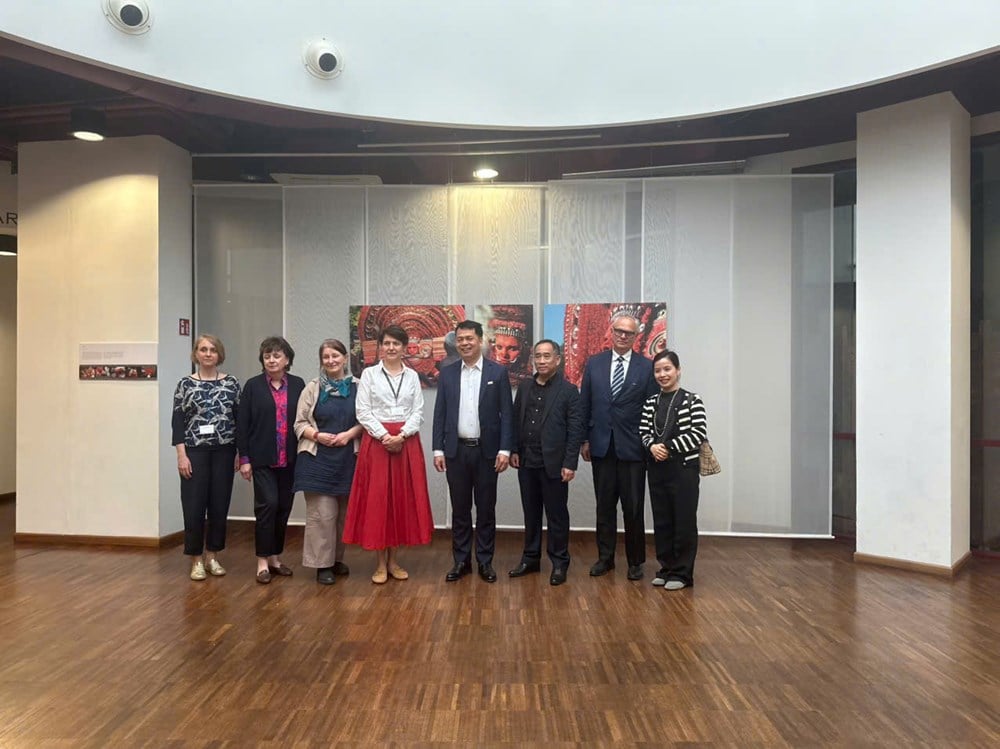
A project in the joint program between the Embassy of the Republic of Poland in Hanoi and the Ministry of Culture and National Heritage of the Republic of Poland taking place in early June 2025 is an opportunity for some leaders of museums and monuments in the country to visit and learn from experiences in Poland - a country famous for its magnificent heritages and museums, with a long and deep history.
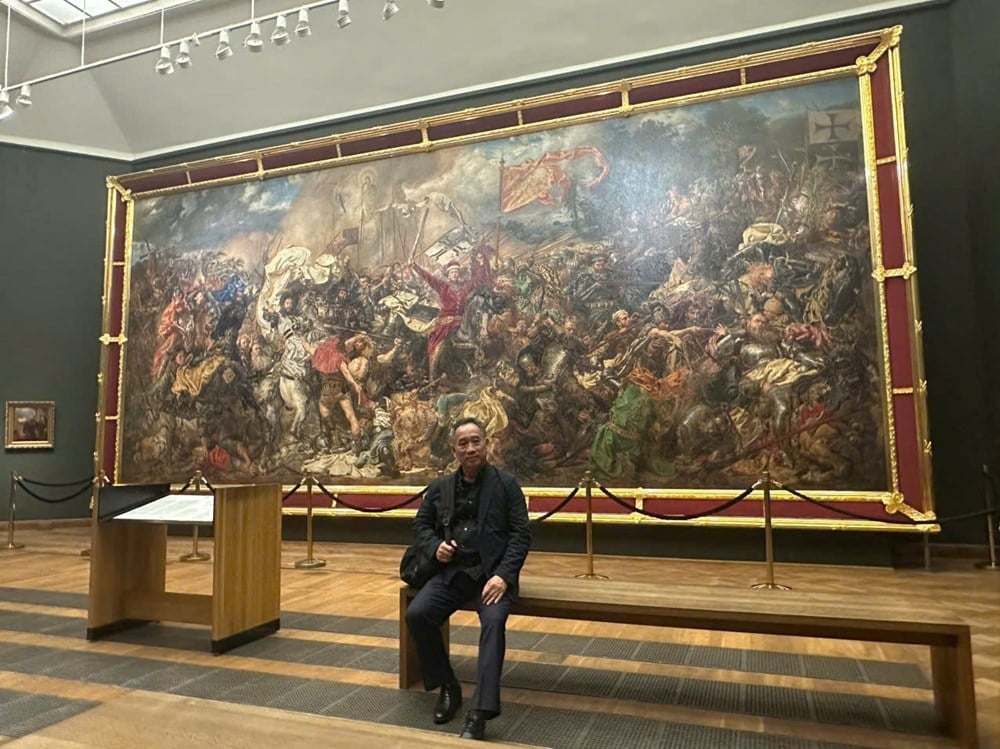
The trip aims to share modern approaches of Polish institutions in collection management, conservation and museumeducation with Vietnamese museum directors, promoting cooperation between the two sides, through the exchange of experiences and joint initiatives.
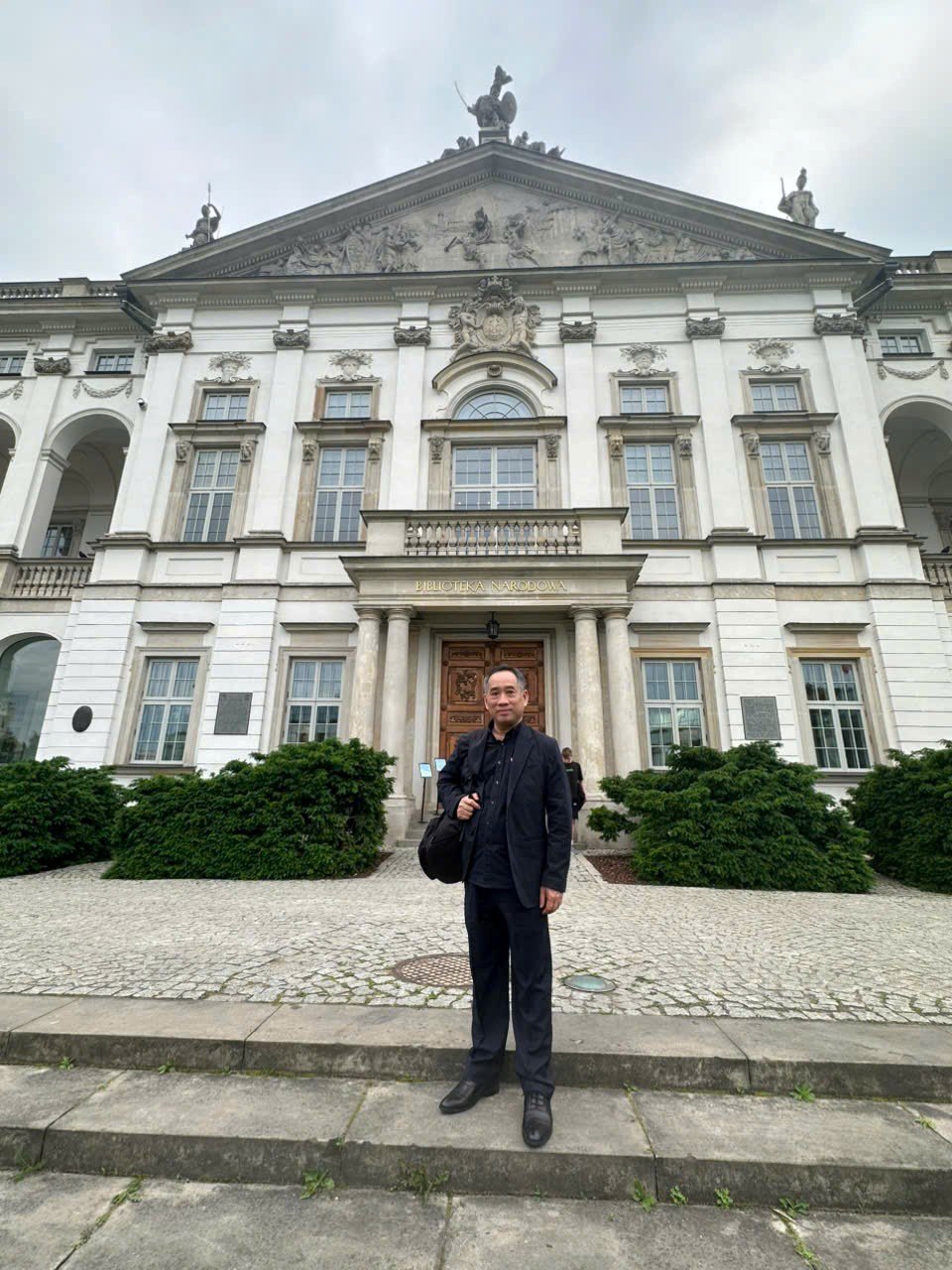
During this trip, directors of museums and monuments in Vietnam had the opportunity to learn about the reality at many famous Museums, Palaces, and art spaces in Poland such as the Royal Lazienki Museum, the Commonwealth Palace, the National Museum in Warsaw, the Museum of Asia and the Pacific, the Central Textile Museum, the Kraków National Museum, the Wawel Castle, and the Manggha Museum.
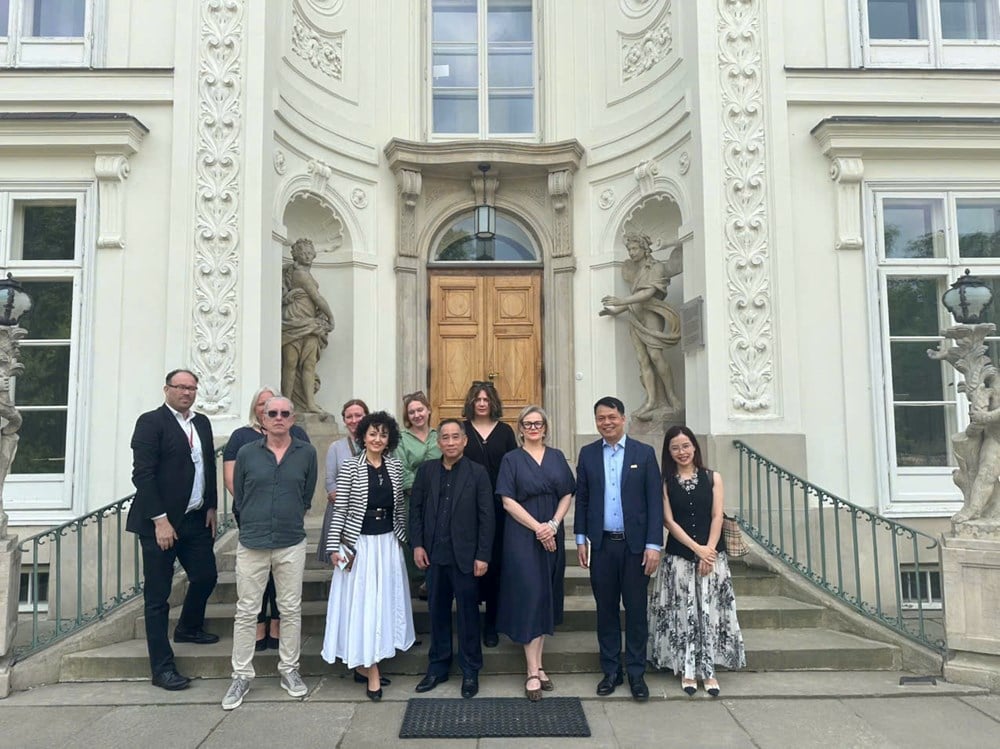
“Admiring the quintessential artifacts in the cultural and artistic heritage of your country is an extremely valuable opportunity. What is especially valuable are the experiences, perspectives, and ways of preserving and promoting the value of heritage at famous museum institutions in Poland.
What we see and hear has helped us to have a clearer perception and a stronger desire to fill the gaps and improve professional efficiency in preserving and promoting the country's priceless treasure of artifacts," said Mr. Nguyen Anh Minh.
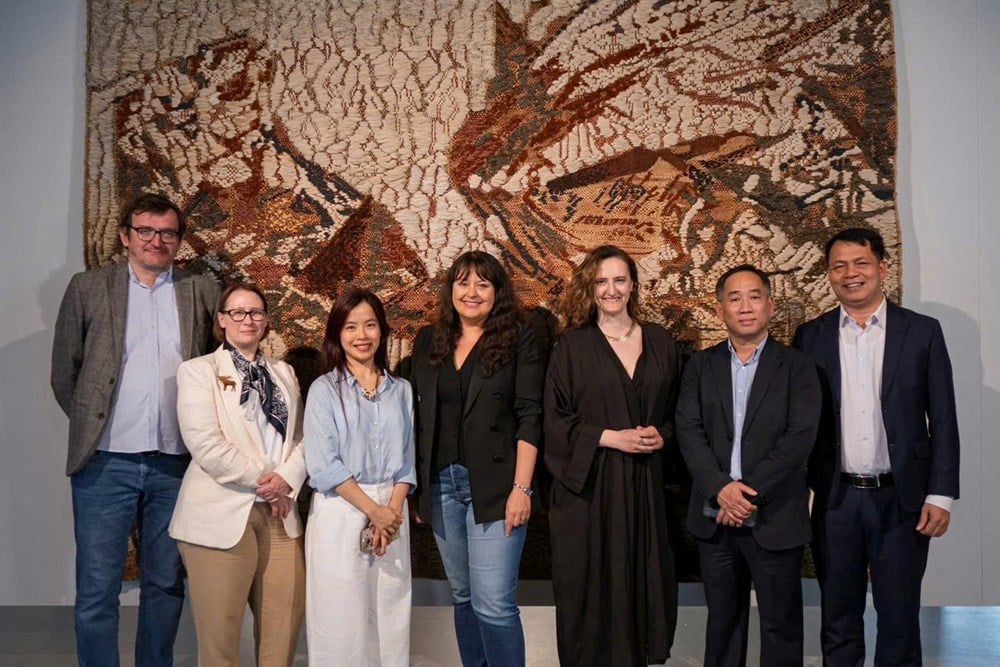
The Director of the Vietnam Fine Arts Museum also shared that this trip really brought him a lot of contemplation. Poland has many famous and long-standing museums, especially this system of cultural institutions always receives investment and attention from the Government, the Ministry of Culture and National Heritage, especially in protecting and promoting the value of cultural heritage.
“Digital transformation; Restoration and repair of works of art and Museum Education are three topics that we are very interested in and look forward to learning from your country's experience, because of their practicality for the operations of museums in Vietnam.
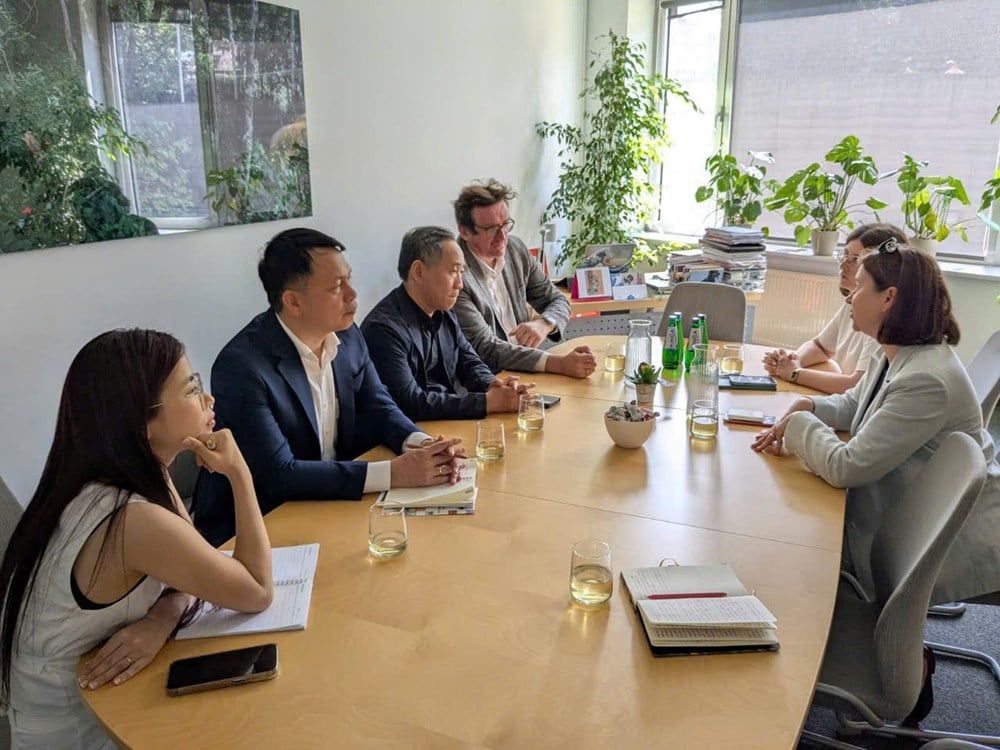
In Polish museums, these are three specialized rooms that have received a lot of investment, with modern and highly specialized machinery systems. Meanwhile, in Vietnamese museums, these are the contents that are lacking and weak…”, Mr. Minh stated.
According to Mr. Minh, professionalism and in-depth investment from training to professional activities have created strengths in most museums in your country.
Digital transformation rooms at museums are heavily invested in, gathering a team of experienced experts, undertaking various professional tasks: taking photos, uploading to the system, managing photos of artifacts, etc.
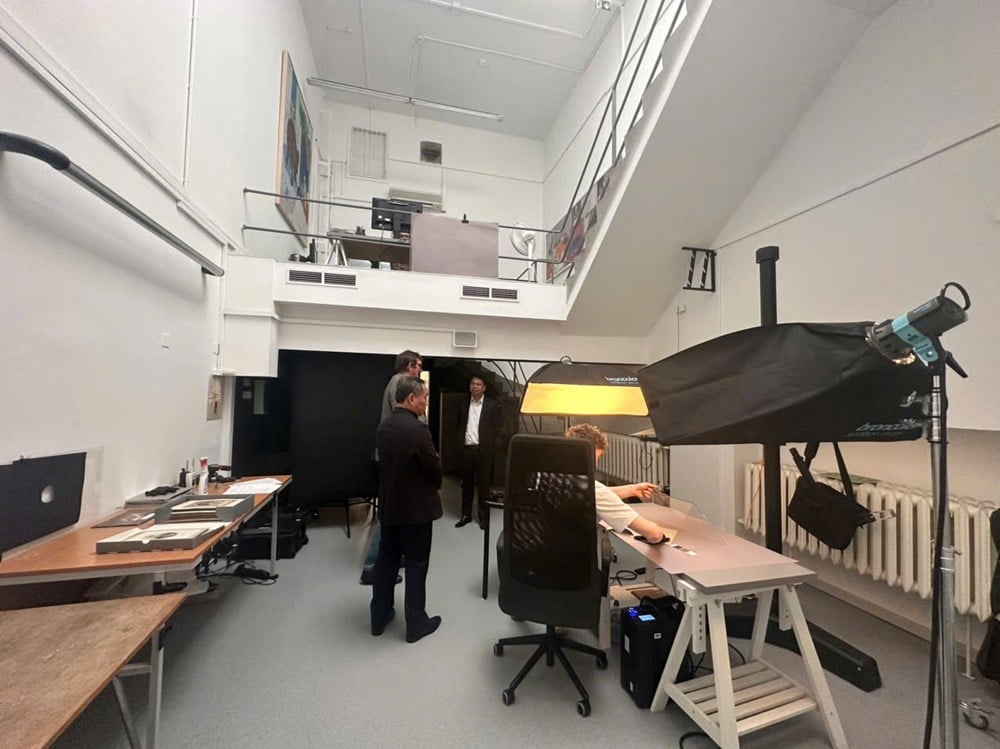
With a huge amount of artifacts, including a large amount of rare artworks, in-depth investment in the Digital Transformation Room is an extremely necessary requirement.
Notably, the work of restoring and preserving works of art at museums in Poland can be considered the “dream” of museums and monuments in Vietnam. Not only does it have a strong team of experts, but it is also invested in deep expertise in restoring and preserving works of art in materials such as paper, silk, oil paint, etc.

Meanwhile, climatic conditions and other objective factors make the work of preserving and restoring artifacts at Vietnamese museums, including the Vietnam Museum of Fine Arts, always face many difficulties and challenges.
The number of staff and experts working on preservation and restoration of works at most museums in Poland is very large, with in-depth and systematic training at universities in restoration techniques for each material. At the museums, each expert undertakes different tasks.
Quality repair and restoration rooms, experienced experts, and modern, specialized equipment have created the strength of the Polish Museum system. In Vietnam, Polish experts have also had effective support programs for the preservation of relics in Hue and My Son.

“With a focus on in-depth restoration and repair of each material, Poland is a country with a strong team of restoration experts not only for works of art but also for cultural heritages. This is one of the big gaps that museums in Vietnam need to fill,” said Mr. Minh.
The Director of the Fine Arts Museum frankly stated that domestic repair and restoration work has not been professionally and systematically trained. This activity in museums is mainly done by experts who learn by themselves and gain practical experience, which is very risky.
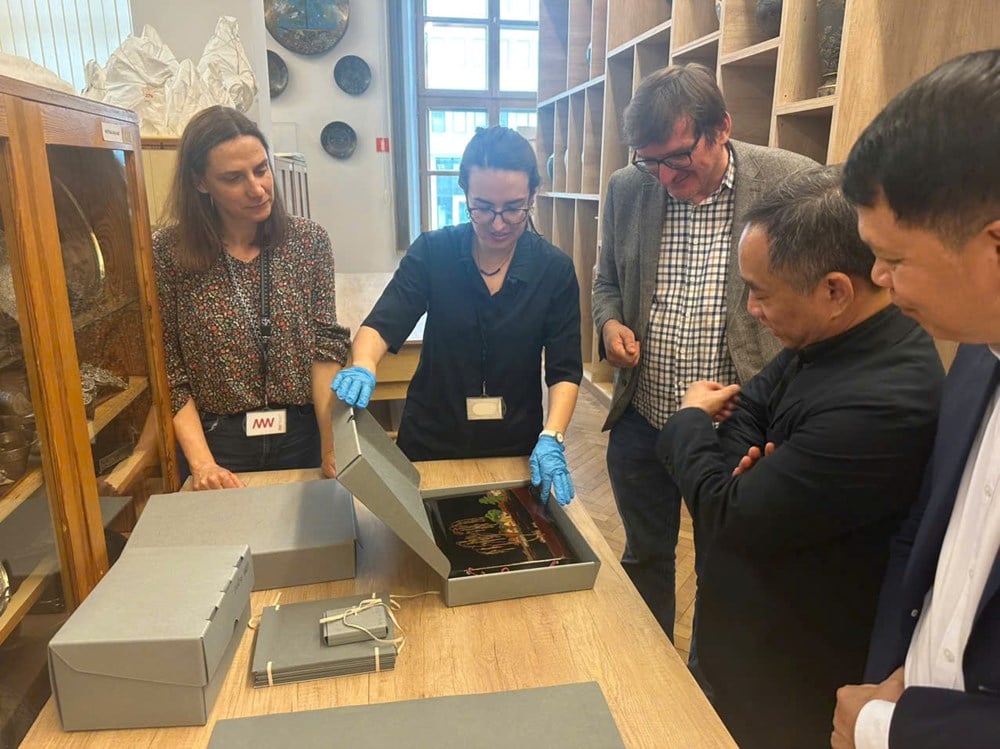
“The Polish side is willing to help us in this work, especially in the restoration of paper and oil painting materials, which are their strengths. During this study tour, we also proposed to cooperate with Polish museums, specifically organizing online training courses, training on restoration and digital transformation, or in other forms such as exchanging experts and inviting Polish experts to Vietnam,” Mr. Minh shared.
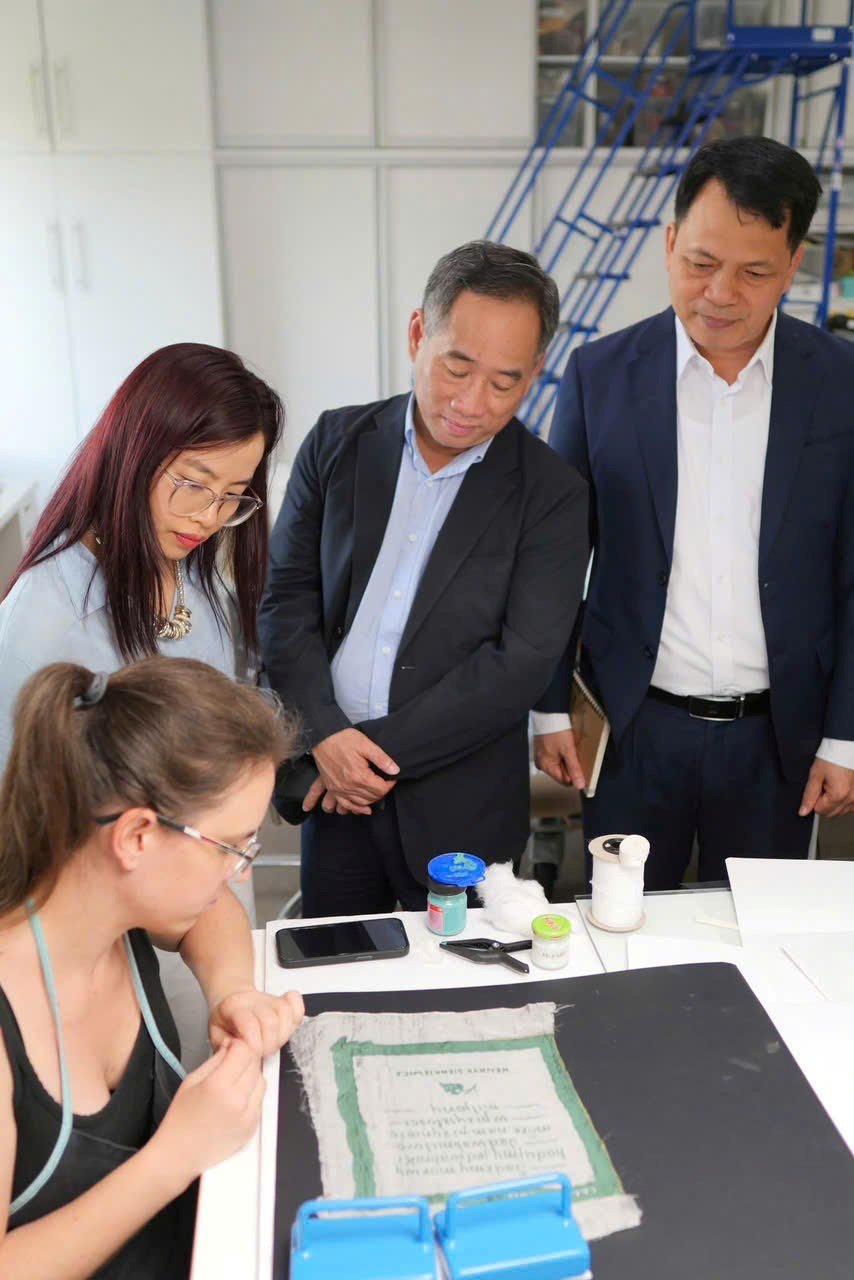
Besides, organizing educational and experiential activities at Education Departments is also an area where domestic museums can learn a lot from other countries.
“Polish museums regularly develop educational and experiential programs suitable for all ages and groups. Annual and periodic educational programs create excitement, diversity, and high creativity, attracting a large number of visitors to participate in the experience,” said Mr. Nguyen Anh Minh.
Source: https://baovanhoa.vn/van-hoa/mong-moi-lap-khoang-trong-trong-cac-bao-tang-143684.html








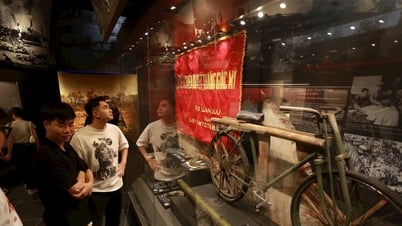



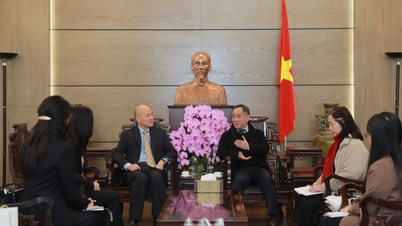
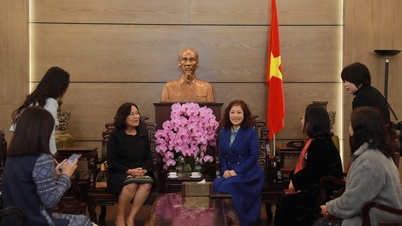

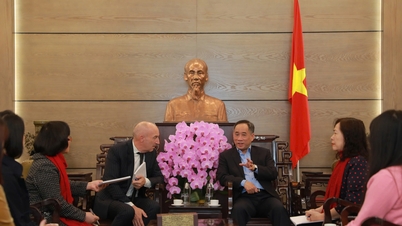
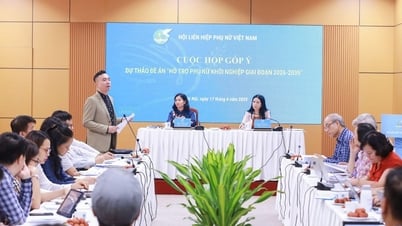
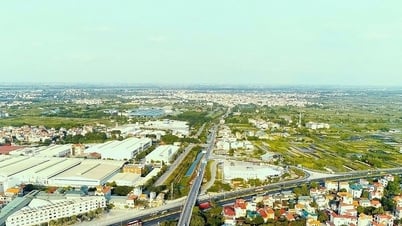

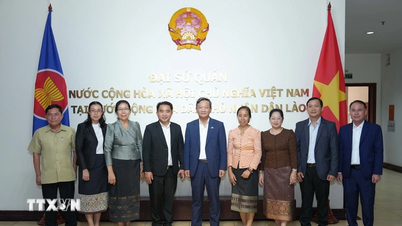


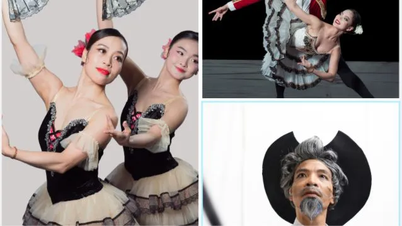

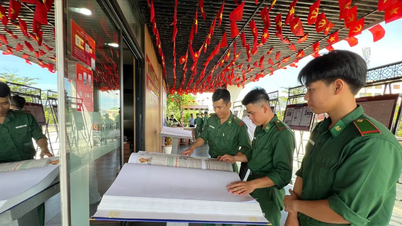




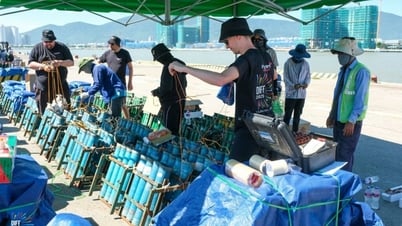
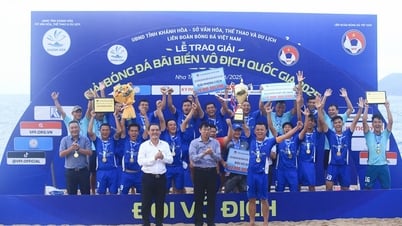
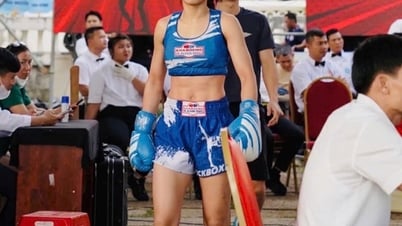
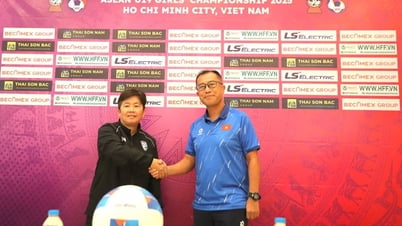























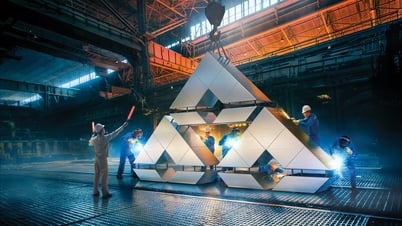
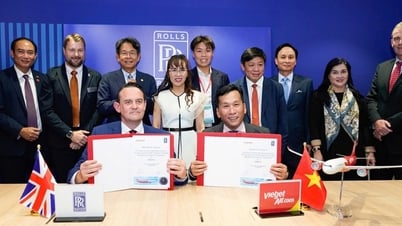

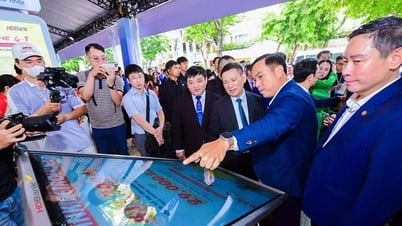


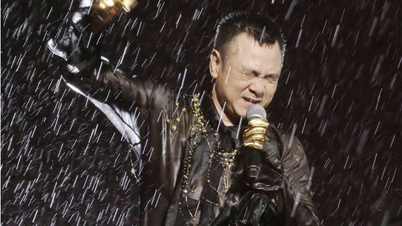






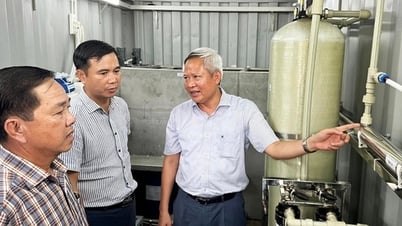




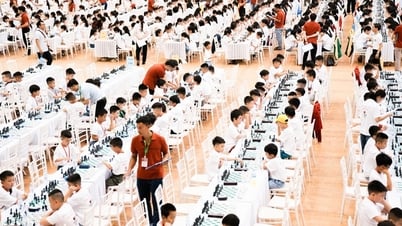


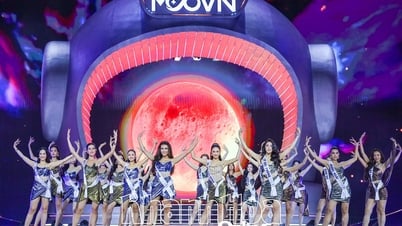

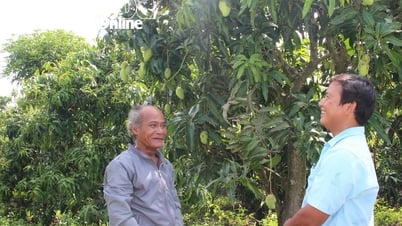


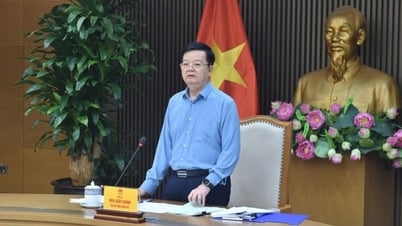

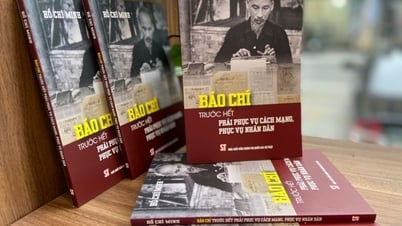













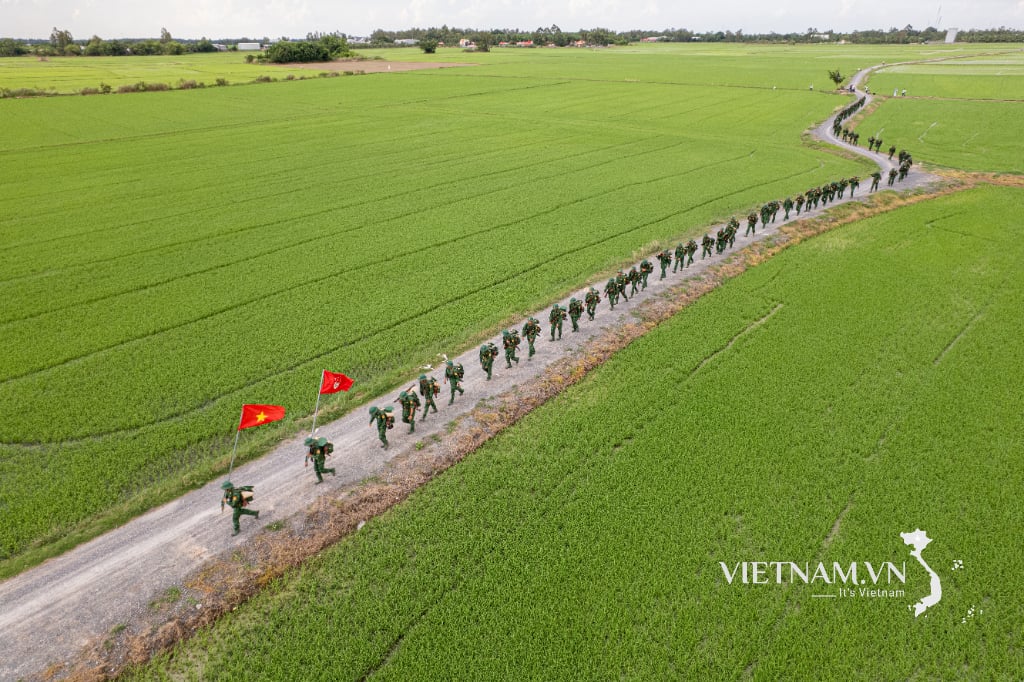
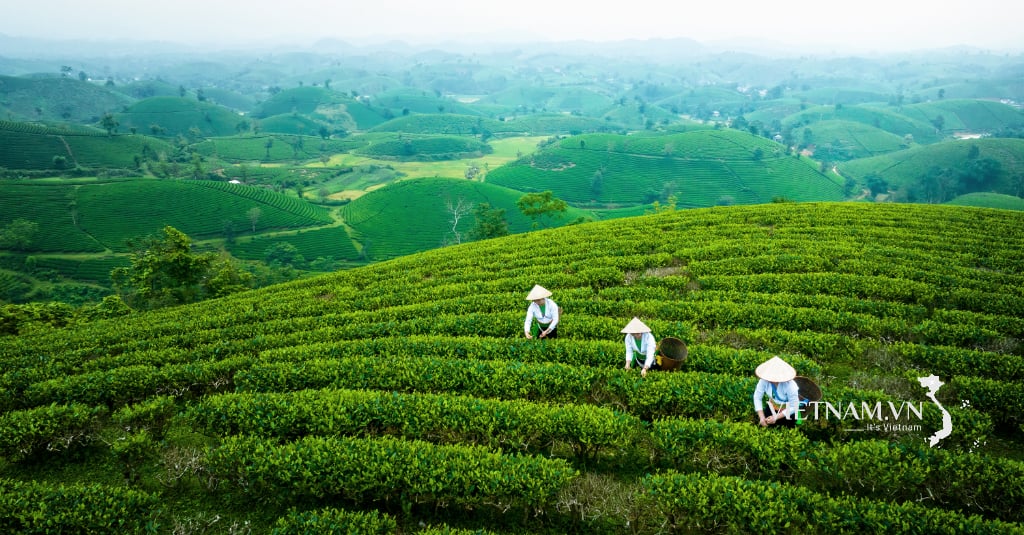
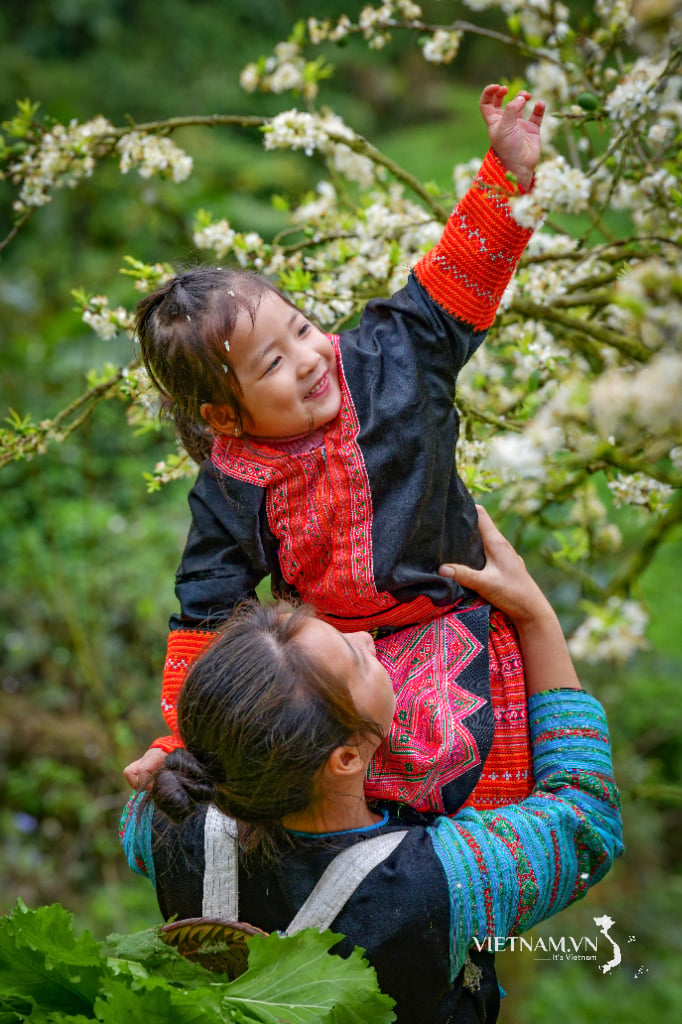
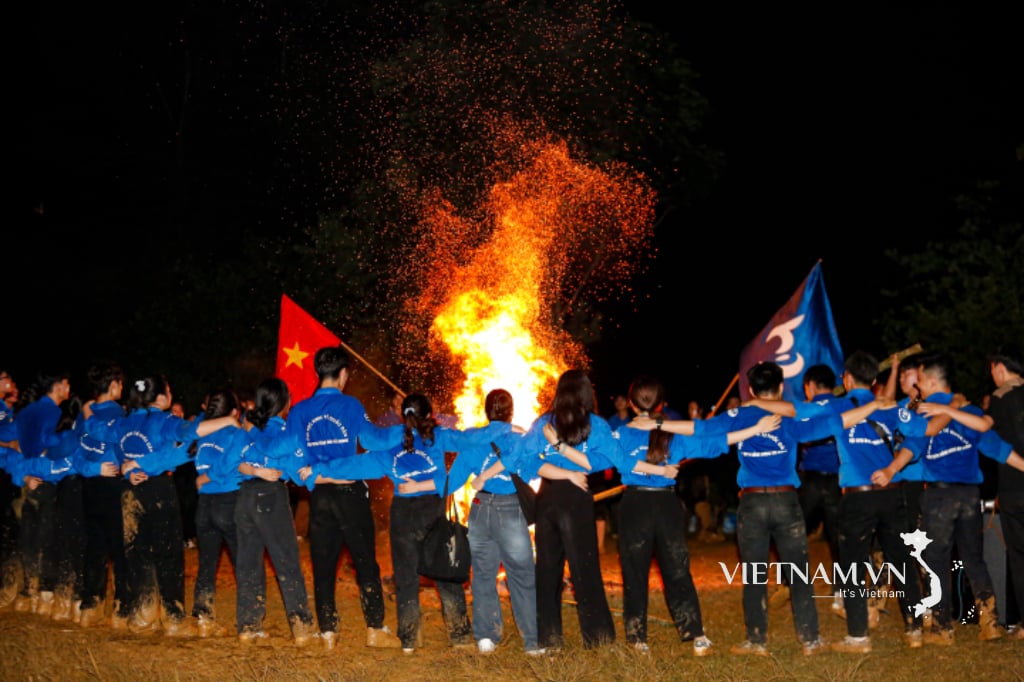
Comment (0)